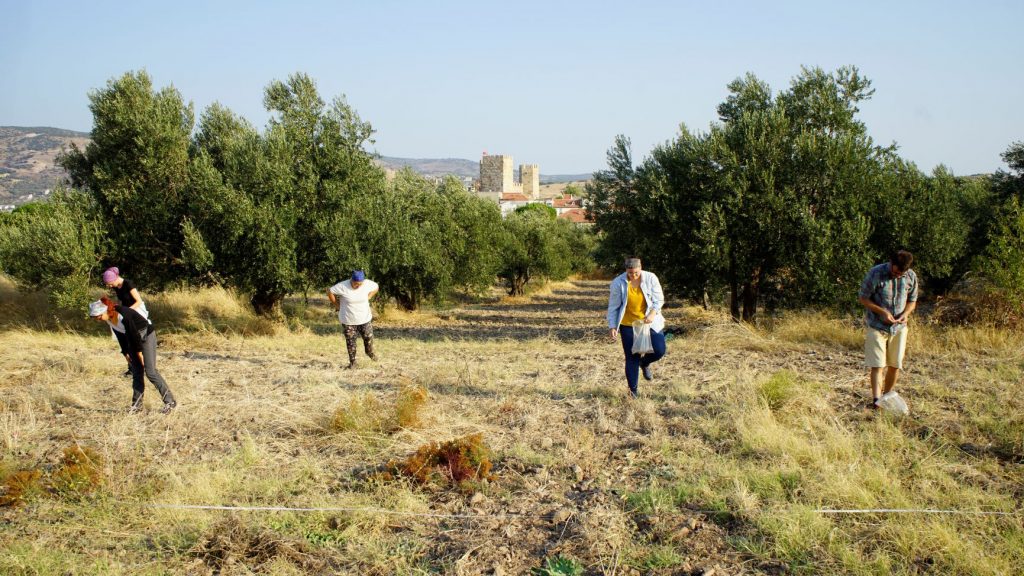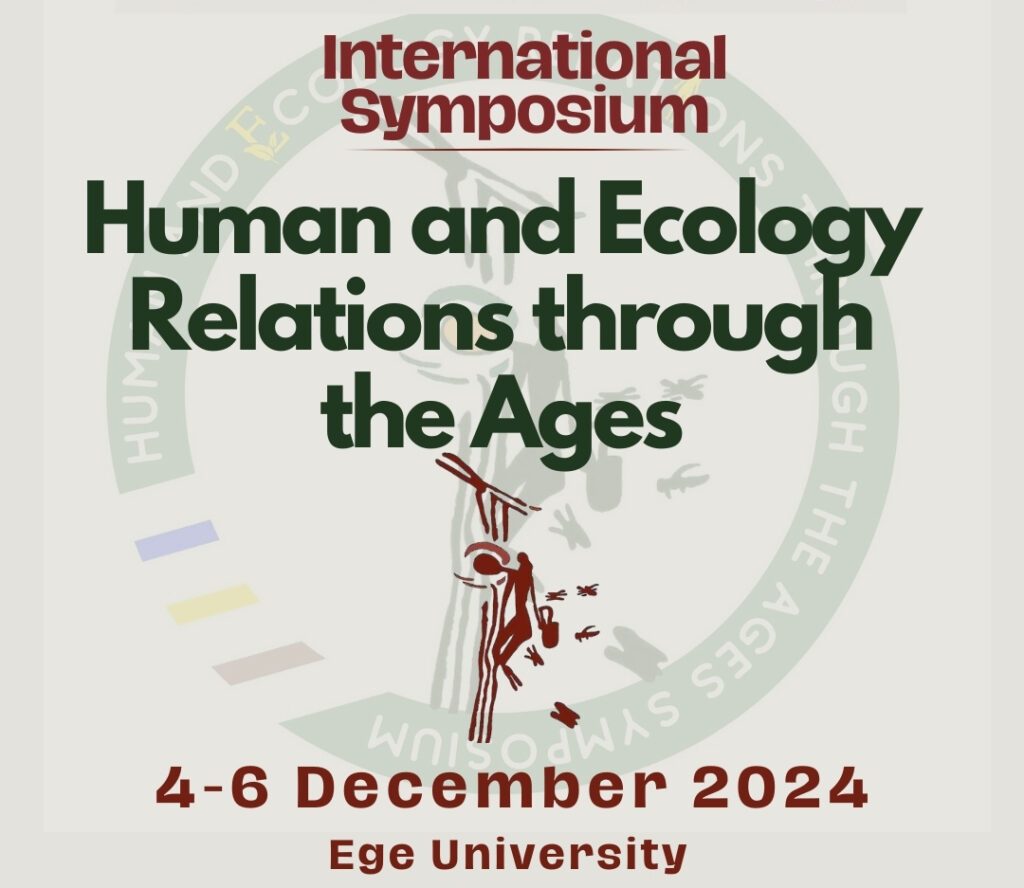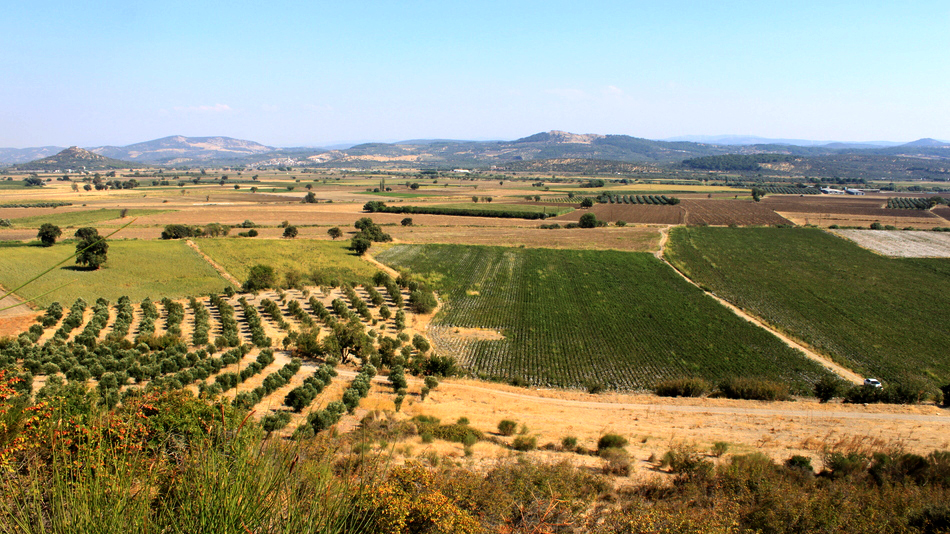by Joris Starke
A new study sheds light on the transformation from the Hellenistic to the Roman Imperial period by demonstrating the impact of increased human activity on soil erosion and alluvial fan growth.
Starke J, Doğan M, Ludwig B, Nykamp M, Schütt B, Becker F (2025): Alluvial fan development mirrors settlement dynamics in the peri-urban surroundings of ancient Pergamon, western Türkiye. Mediterranean Geoscience Reviews
DOI: https://doi.org/10.1007/s42990-025-00180-8
Geoarchaeology in the TransPergMicro project aims to reconstruct landscape development and to distinguish human impact from natural processes. By combining sediment archives with archaeological data, we discuss triggers and changes induced by human activities in the naturally developing environment.
The Araplı catchment, neighboring the Kestelçay valley directly east of ancient Pergamon, was characterized by diverse land use in ancient times, consistent with its peri-urban position. Downstream the Araplı creek, at the border of the eastern lower Bakırçay plain, an alluvial fan was deposited. By analyzing and dating sediment cores from this fan, our study reconstructs major phases of landscape development. The results show that the early Holocene environment was characterized by seasonal flooding and (temporally) standing bodies of water, followed by increased aggradation of the Bakırçay alluvial plain. Starting with the transformation from the Hellenistic period to the Roman Imperial period, increased soil erosion within the catchment area led to the progradation of the Araplı alluvial fan, which buried the floodplain. This change in sedimentary environment most likely resulted from changed and intensified land use in the catchment, like increased agricultural use and aqueduct construction, leading to increased geomorphodynamics and the resulting in a new main driving factor of landscape development. This is the first geoarchaeological study to show increasing sediment dynamics during the transformation from the Hellenistic to the Roman Imperial periods in this micro-region. The final phase of landscape development in the area coincides with modern artificial landscaping, which began last century with the channelization of rivers and construction of dams in the headwaters.



